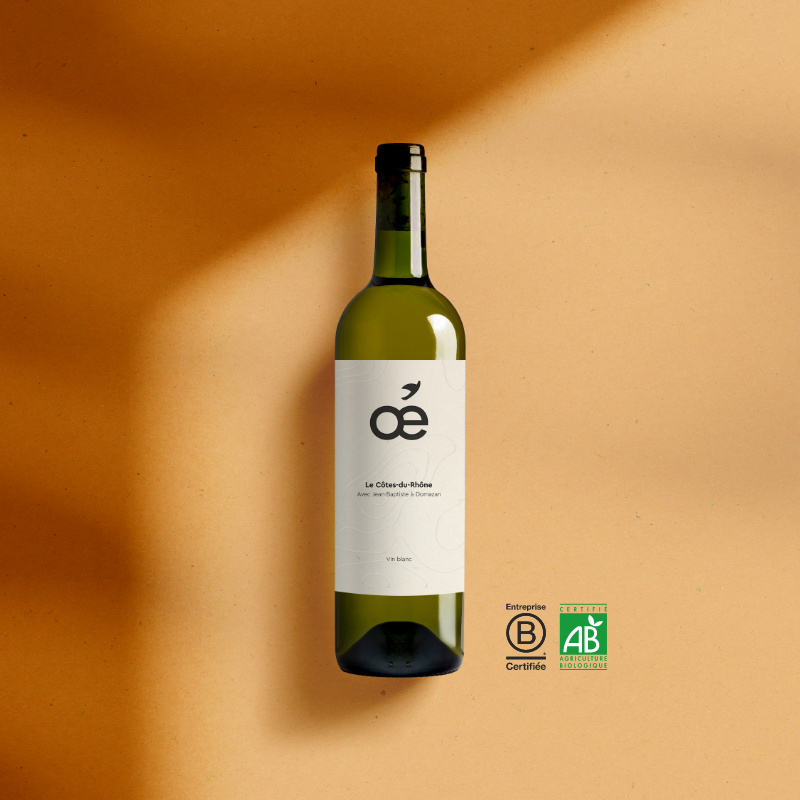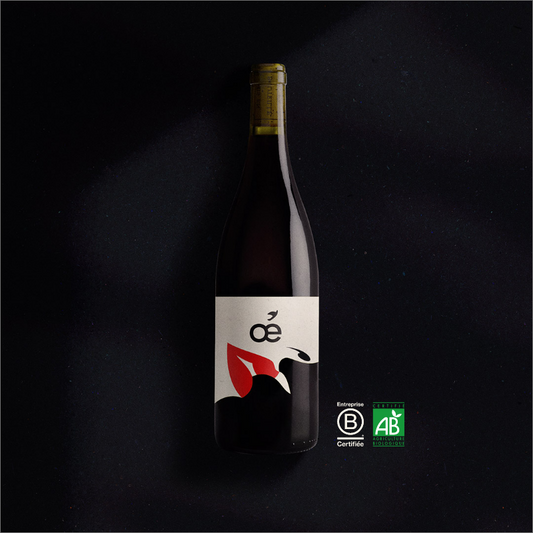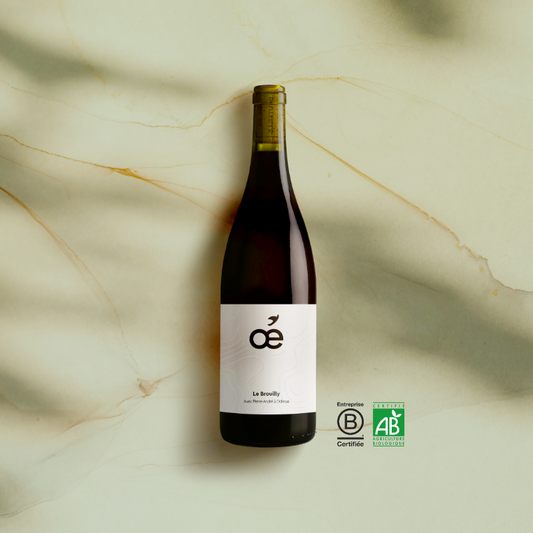That's it ! Here we are ! That time of year we've all been looking forward to!! No, not in summer: THE INTERNATIONAL AGRICULTURE SHOW! The place to be from February 25 to March 05. This week our social media feed was inundated with selfies proudly taken alongside Marguerite, the show's star Limousin cow. Yes, this event reconnects the city dweller with farm animals and local products and he is PROUD. It is above all an opportunity to highlight the work of thousands of farmers and to discuss with them their daily lives and their sector.
So where is French agriculture in 2017?
Spoiler alert friends, French agriculture has been in crisis since 2014. The crux of the war? The price paid to farmers does not cover their production costs. A relatively silent crisis, with information scattered here and there: in 2016 we were vaguely able to follow the dairy crisis and the demonstrations against Lactalis, with repercussions on the beef market following the large quantities of cows sold; on December 5, the Ministry of Agriculture announced the preventive slaughter in January 2017 of a little over a million ducks to counter avian flu, then hundreds of millions of euros of work and investment, part of which will be subsidized by the State. And yet, overall when we go to the supermarket, we do not feel the effect of such a crisis in our baskets. Quite simply because everything is decided upstream.
The example of milk
In 2016, the dairy sector represented 60,000 farms, i.e. half as many as in 1983, for an equivalent quantity in production volume. Halfway through the year, the number of bankrupt farms was already around 2,000 to 3,000, ie a loss of 5%. The main defendant, Lactalis. But not only. If Lactalis finds itself on the front of the stage, it is above all because it is the world leader in dairy products (Lactel, President, etc.) and it has the means to influence the market. Nobody really agrees on the exact figure, the fact remains that the industrial giant would collect between 20% and 28% of French milk. It is therefore the main player in milk processing. The problem is that the purchase price offered by the Group is €10 to €30 cheaper than the competition and over several hundred liters per year the difference is considerable for a farmer.
So how does it work between them? Breeders and manufacturers are bound by five-year purchase and delivery contracts and the world milk reference price is indexed to New Zealand. That is to say that depending on the weather and the surplus production of New Zealand milk, the price of the price of milk in France is influenced upwards or downwards. You will tell me "it's the game my little Lucette" as for many other raw materials.
Except that in fact, it's not just Lactalis as a factor in this story. The overproduction crisis is a direct effect of globalization which gave birth to intensive agriculture and the Common Agricultural Policy aka the CAP of its small name. Integrated into the Treaty of Rome in 1957, it was created in a Europe undergoing post-war reconstruction, the main objective of which was to regain a level of food self-sufficiency and therefore the urgent need to increase food production. Added to this policy are geopolitical factors such as the Russian embargo in August 2014 which had a strong negative impact on the market since Russia was the leading importer of European milk; then in March 2015, the poor anticipation of the end of milk quotas caused a very sharp increase in European production and therefore a sharp drop in prices, this was the final blow for many producers. In our German neighbours, milk is not better paid, however, farmers have diversified their activity by opening up to photovoltaics, for example.
NEW FORMS OF AGRICULTURE
Some farmers have succeeded in adapting by developing new cultivation methods or by returning to ancestral knowledge to meet the challenges of sustainable development. This concept made its appearance in 1987 in the Brundtland report of the United Nations and was definitively recorded at the Earth Summit in 1992 in Rio de Janeiro as "development that meets the needs of the present without compromising the ability of future generations to meet the their. ". On the benches of the university, it was a little our Ave Maria to us this definition.
Urban agriculture as a new form of development?
Agricool : the 3.0 urban farm: Guillaume and Gonzague have bet on bringing nature back to the city with ultra-local urban agriculture. Downstairs in fact. Starting from the desire to rediscover the taste of the fruits and vegetables of their childhood, they have developed a cultivation method 100 times more productive than conventional agriculture while using 90% less water than conventional agriculture and recycling containers. Yes, they do all that in a space as small as a 30m2 container. Thus, it is the equivalent of a production of 4,000m2 which takes up two parking spaces at the end of your street!
Paris and its “sustainable food and urban agriculture” plan
In the 19th century, Paris dedicated 600 hectares to market gardeners. In the desire to return some of these spaces, by 2020 the city wishes to green 100 hectares, including 33 reserved for urban agriculture by involving Parisians, or rather " Parisculteurs ". This plan, presented on January 27, also aims to promote short circuits and therefore local farmers to strengthen the links between the capital and the rural world. It would allow the production of 500 tons of edible products and 300 tons of compost per year with food waste to supply farmers. This plan is also an opportunity to develop a territorial food strategy to contain or even reduce the 36% of greenhouse gases from food in France and to initiate the ecological transition. Finally, in addition to the Ferme de Paris, the installation of new educational urban farms is planned to initiate and train city dwellers, particularly in permaculture. To be continued…
And on the side of the presidential candidates?
During their visit to the Salon de l'Agriculture, each candidate recalled the measures they are planning for agriculture and they are not short of ideas .
Obviously, we cannot change the past, nor save the world, however, we can improve the future each on our own scale. France is full of ingenious and creative minds to preserve our resources, do not hesitate to share with us your discoveries on new agricultural solutions!
Being part of the PinotBleu family is already contributing to showcasing these talents. Our winegrower friends work with respect for the environment to transmit the good taste of wine, health!
In summary: the evolution of modern agriculture in 4 min
By Mina blog Happy Happy Mina for Oé Happy Happy by Mina - Medium





